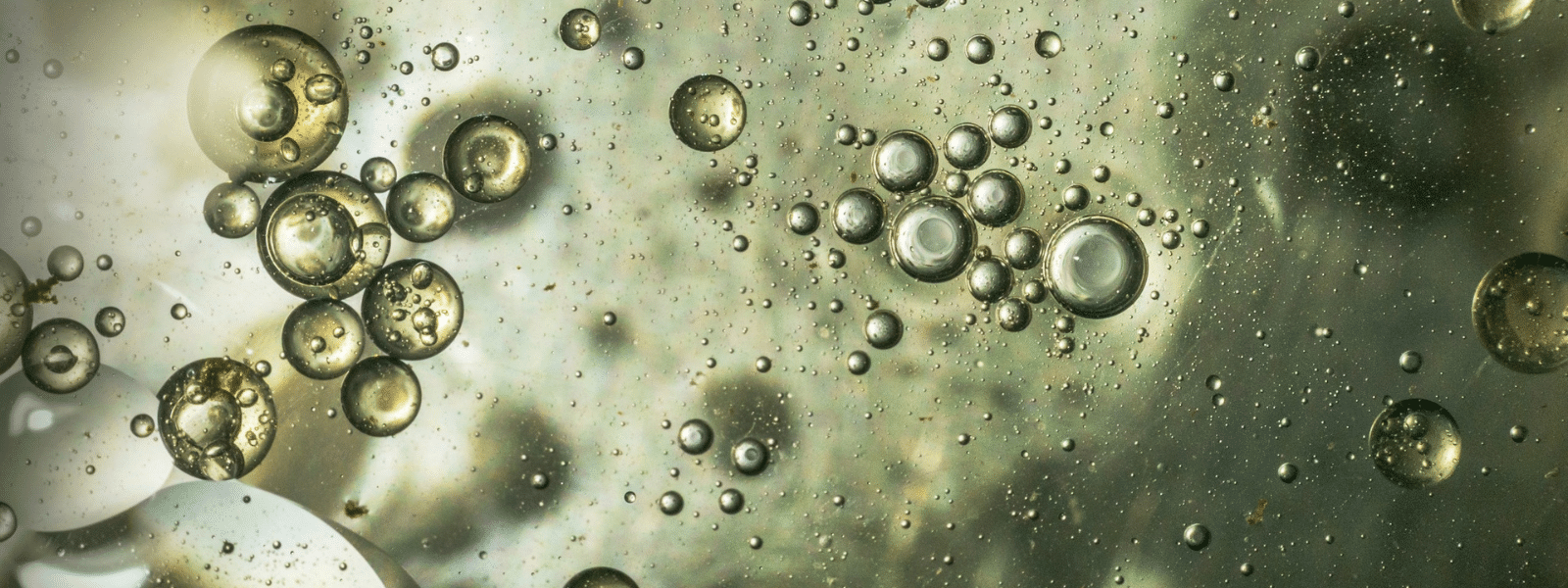There was a time when the terms “industrial chemical” and “hazardous” were practically synonymous. Prior to the 1950s, hazardous chemical usage evaluation was largely non-existent on a public level. It was a time when people were more amazed at how well toxic solvents worked than anything negative the solvents might bring to human health and the environment.
Then and Now – Chemical Usage Evaluation
Since the middle of the 20th Century, our perception of chemical usage evaluation has changed quite a bit. Today, companies and organizations tend to ask whether a prospective solvent has negative effects — and, if so, what the effects mean to workers and the environment — before they consider how well it could work for the cleaning application.
It’s a really good idea to take this perspective. Not only does our current state of chemical usage evaluation help companies be better stewards to the environment and their workers, who routinely handle chemicals; it also helps companies avoid using solvents that the Environmental Protection Agency (EPA) is preparing to ban or severely regulate.
For example, the cleaning solvent ak225 has been banned, and nPB appears to be well on its way to the same end. For entities that use a toxic solvent in a large volume, replacing the solution with a safer one is now no longer just an option; it’s a necessity.
Evaluation Criteria
As complex as the formulation of certain solvents may be, the EPA makes performing a chemical usage evaluation on most solvents rather simple. The EPA is primarily concerned with banning and significantly regulating the use of solvents that contain hazardous air pollutants (HAPs) that are harmful to humans and the environment. Included in these pollutants are many volatile organic compounds (VOCs), despite their organic formulation.
Today, the EPA maintains what’s known as the List of Lists, which is a list of chemicals comprised of substances that have a profoundly negative effect on life and limb. The list is quite long, but it’s ultimately the result of nearly 30 years of gradually banning or regulating toxic chemicals based on chemical usage evaluation performed by top laboratories.
The EPA has taken a “gradual” approach primarily to avoid the negative economic impact of suddenly telling companies that they can no longer use a chemical that’s crucial for business. Rather, regulations and bans are generally announced well in advance, giving companies at least a few months to find suitable replacement solutions.
In other words, the EPA tries to help companies save time and money on replacements. However, if you ignore impending bans and regulations, spending time and money finding a replacement could be the least of your worries. Cleaning operations could grind to a halt, and you could face stiff fines.
Need Hazardous Chemical Replacements?
If the EPA’s chemical usage evaluation of your solvent means the cleaner will soon be banned or regulated to the point that you can no longer use it, contact Ecolink. We’ll provide you with a stock solvent or a custom solvent that offers the power you need, without having a highly hazardous formulation. To get started, call us today at (800) 563-1305, or fill out our contact form.















